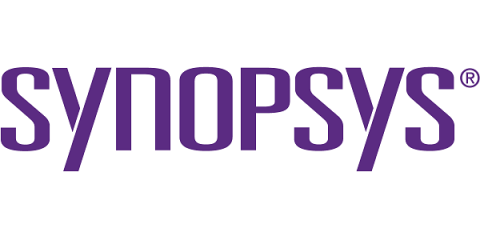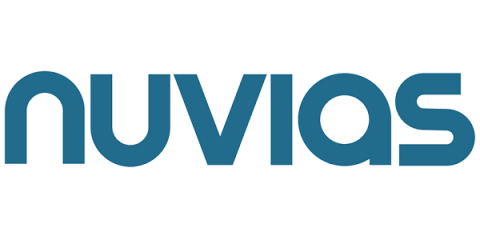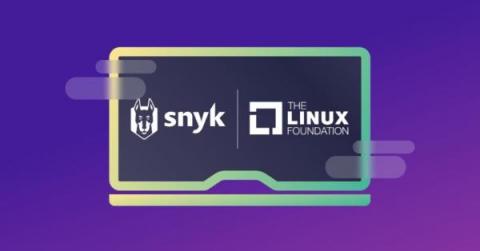Security | Threat Detection | Cyberattacks | DevSecOps | Compliance
Latest News
Navigating the Challenges of Cross-Cluster Migration of Kubernetes Workloads with CloudCasa
Cross-cluster migration of Kubernetes workloads continues to be challenging since workloads are isolated from each other by design. There are several reasons why you may want to separate your workloads, whether it is to reduce complexity or to have the cluster closer to the user base. However, this can be complex as Kubernetes has many components.
Phishing: Better Proxy than Story
In the last phishing blog we discussed how modern phishing works on the frontend. Read on to find out how threat actors can easily find and authenticate a suitable domain by modifying both Gophish and Evilginx to evade security controls In the last phishing blog we discussed how modern phishing works on the frontend. Here we go behind the scenes to dissect how to configure and authenticate a good domain for your phishing campaign using Apache as Reverse Proxy. Excited? You caught the hook, read on!
Three Hard Truths About Organizational Cybersecurity
The Nuvias Group Extends Successful Partnership with Absolute Software Across European Territory
Top 5 NPM Vulnerability Scanners
The world of software development has been rocked by JavaScript. With nearly every modern web app making extensive use of JavaScript on the front end. And with JavaScript’s popularity also on the backend with Node.js, it’s hardly surprising that new vulnerabilities are emerging daily, given the sheer volume of open source project dependencies being used by JavaScript developers. The culprit? It all comes down to the free-ware NPM packages installed within Node.js.
KuppingerCole Ranks SECUDE As Outstanding In Extending MPIP In Its Secure Collaboration Market Compass Report, 2022
More malware-infested apps found in the Google Play store
Three million Android users may have lost money and had their devices infected by spyware, after the discovery that the official Google Play store has been distributing apps infected by a new family of malware. French security researcher Maxime Ingrao described last week on Twitter how he had discovered the new malware, named “Autolycos”, and how it signs up users to premium services.
Addressing cybersecurity challenges in open source software with the Linux Foundation
Snyk recently partnered with the Linux Foundation to produce a report focusing on the state of security in the open source software (OSS) space. The report was based on 550+ survey responses and 15 interviews with OSS maintenance and cybersecurity experts. Following the report’s publication, experts from Snyk held a webinar with the Linux Foundation to discuss some of the key insights.
How hackers could map your home and other threats from the Metaverse
The Metaverse is defined as a network of connected virtual worlds that use virtual reality (VR) and/or augmented reality (AR) technologies to offer a more immersive experience for users.











